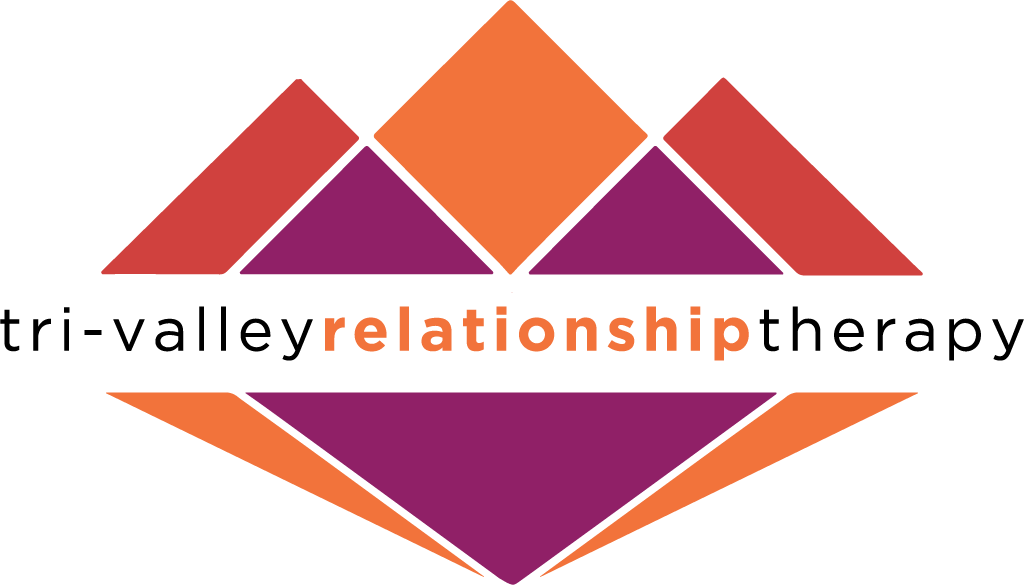Physiological Basis Of Sexual Orientation
Sexual orientation is determined by biological, genetic, hormonal & sensory factors. Tri-Valley Relationship Therapy, Inc. offers a safe and supportive environment to people struggling with coming out or sexual identity formation issues.
This article is the second part of a two part series devoted to the presentation of research that discusses how same-sex attraction is hardwired before birth. In the last article, I discussed the hormonal predispositions and differences in brain structure that underlie same sex attraction. In this article, I am presenting various research perspectives on the sensory and genetic factors that determine sexual orientation.
SENSORY DIFFERENCES:
Otoacoustic Emissions-
The spontaneous otoacoustic emissions are the very subtle sounds produced by our ears that can be detected by sensitive instruments. McFadden & Pasanen (2003) compared the otoacoustic emissions of 60 homosexual and bisexual women with 57 heterosexual women. The results indicated that the emissions of homosexual and bisexual women were more like men, which means they were less frequent and weaker than heterosexual women. This could be explained by masculinization of the inner ears of non-heterosexual women during their pre natal stage (Pasanen, 2003).
Hearing Sensitivity-
Researchers at the University of Texas in 1999, found structural differences in the inner ear between lesbians and heterosexual women. The inner ear characteristics of lesbians were similar to men. They had less sensitive cochlea amplifiers than heterosexual women (The Globe and Mail, 1998). The structure of the inner ear is influenced by androgens during the pre natal stage.
Eye Blinking Inhibition-
A group of researchers at University of East London in 2003 carried out studies on people of varying sexual orientation, which indicated that there were significant differences in an involuntary response to being startled with loud noises which is called pre pulse inhibition (Rahman, 2003). The reactions of lesbian women were closer to the reaction of heterosexual men and gay males had reactions closer to heterosexual women. Such kinds of startle responses are controlled by the limbic system, which also controls sexuality and explains for the difference in reaction with respect to sexual orientation (Wilson, 2003).
Response to Pheromones-
Savic (2005) and a group of Swedish researchers divided participants into three groups consisting of homosexual males, heterosexual males and heterosexual females. Each group was exposed to a variety of scents and their brain activity was mapped using PET scans. When homosexual males and heterosexual females were exposed to smell of testosterone, the part of the brain that controlled sexual activity was activated. On the other hand, heterosexual males did not respond to the smell of testosterone or of estrogen (Savic, 2005). This physiological response points to a biological involvement in sexual orientation.
Response to the smell of sweat-
Wysocki (2005), conducted a study where he studied the response of heterosexual males, females and homosexual males, females to the smell of underarm sweat produced by people who differed in sexual orientation. Results indicated that homosexual males preferred the odor of other homosexual males whereas heterosexual males, females and homosexual females least preferred the odor of homosexual males. This showed that sexual orientation has a physiological basis expressed in terms of the substances that produce different types of body odors and also the reaction to different body odors (Wysocki, 2005).
GENETIC PERSPECTIVE:
The Hamer study in 1994 has shown that the Xq28 region of the X chromosome can increase the likelihood of homosexuality. Studies done on twins have shown that there is 100 % concordance in homosexuality in 37 pairs of monozygotic twins, which means that if one of the twins is homosexual, the other probably is too. In the case of heterozygotic twins the probability of both twins being homosexuals is 12 % as seen in 26 pairs of twins (Haley, 2000).
The results found by the Hamer study showed that the gene in question is not related to homosexuality. This is due to the fact that the gene may affect sexual orientation in one family but may have no effect in another. Mustakski (2005), along with his team of researchers found another region 7q36 on the 7thchromosome which is shared most frequently by siblings more than 50% of the times giving way to the genetic link to homosexual orientation. Thus, sexual orientation may be a work of a combination of genes rather than a single gay gene.
References
Leteiller, P. (2003) Sexual and Gender Identity in Genes. Planet Out.
Moore, O. (2005) Response to Scent is linked to Sexual Tendency. The Globe and Mail.
Rahman, Q., Kumari, V. & Wilson, G. (2003) Sexual Orientation Hard Wired Before Birth: Startling New Evidence Revealed in the Blink of an Eye. University of East London.
Schmid, R. (2006) Sexuality May be in the Genes. Associated Press.
Whitworth, A. (2005) Multiple Genes Contribute to Sexual Orientation. Gay Life.
Written by: Nagma V. Clark, Ph.D., L.P.C.C. specializing in sex therapy, couples therapy & marriage counseling, premarital counseling, individual relationship therapy & LGBTQQI couples counseling at Tri-Valley Relationship Therapy, Inc. in the East Bay, in Dublin & Oakland.
Tri-Valley Relationship Therapy, Inc. is a queer friendly & trans-informed practice. LGBTQ counseling is offered to individuals & couples residing all over the East Bay, South Bay & Central Valley. Dr. Clark is especially trained in treating the emotional & mental health issues impacting the LGBTQ community. In her practice, she works with LGBTQ & poly couples.
Call 925-400-3541 or email doctor.nvclark@gmail.com to schedule a free 30 minute phone consult or fill out the contact form and you will be contacted within 12-24 hours.

